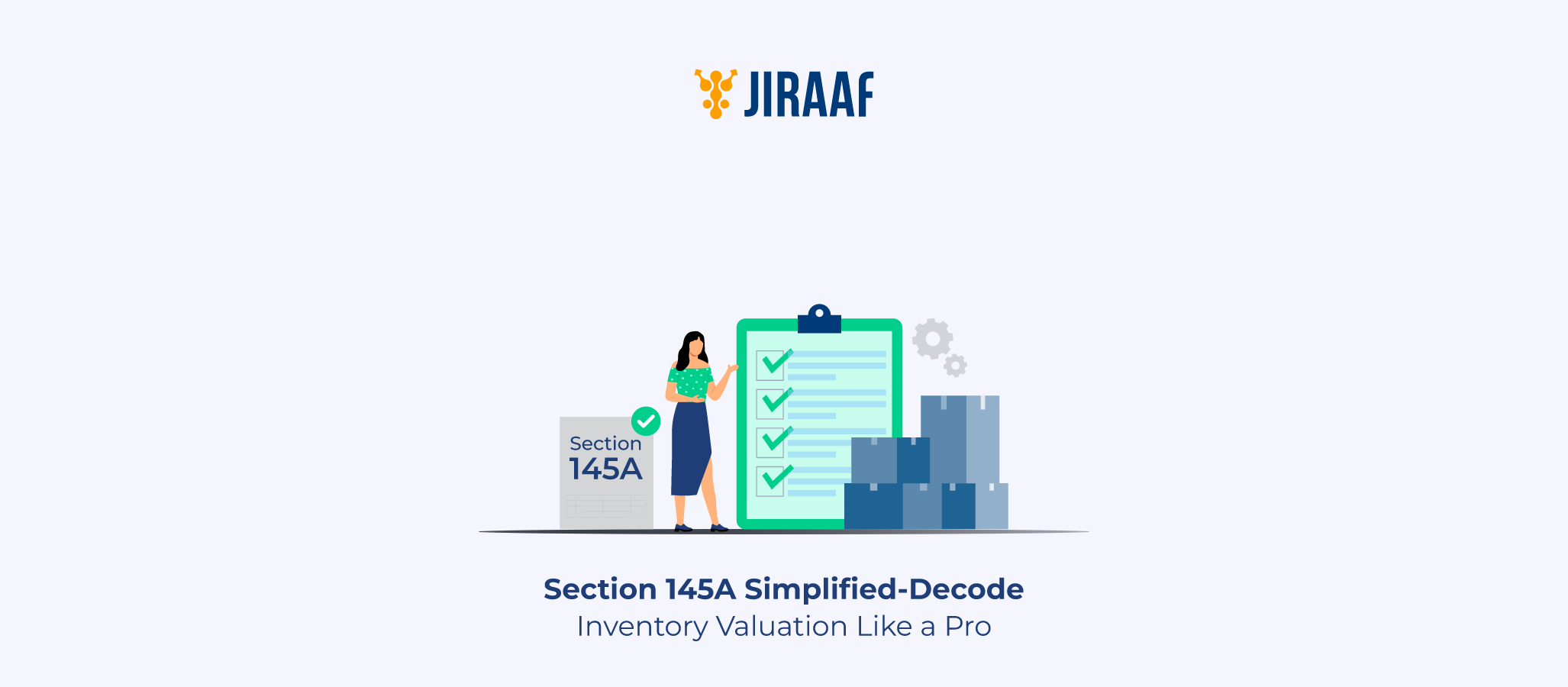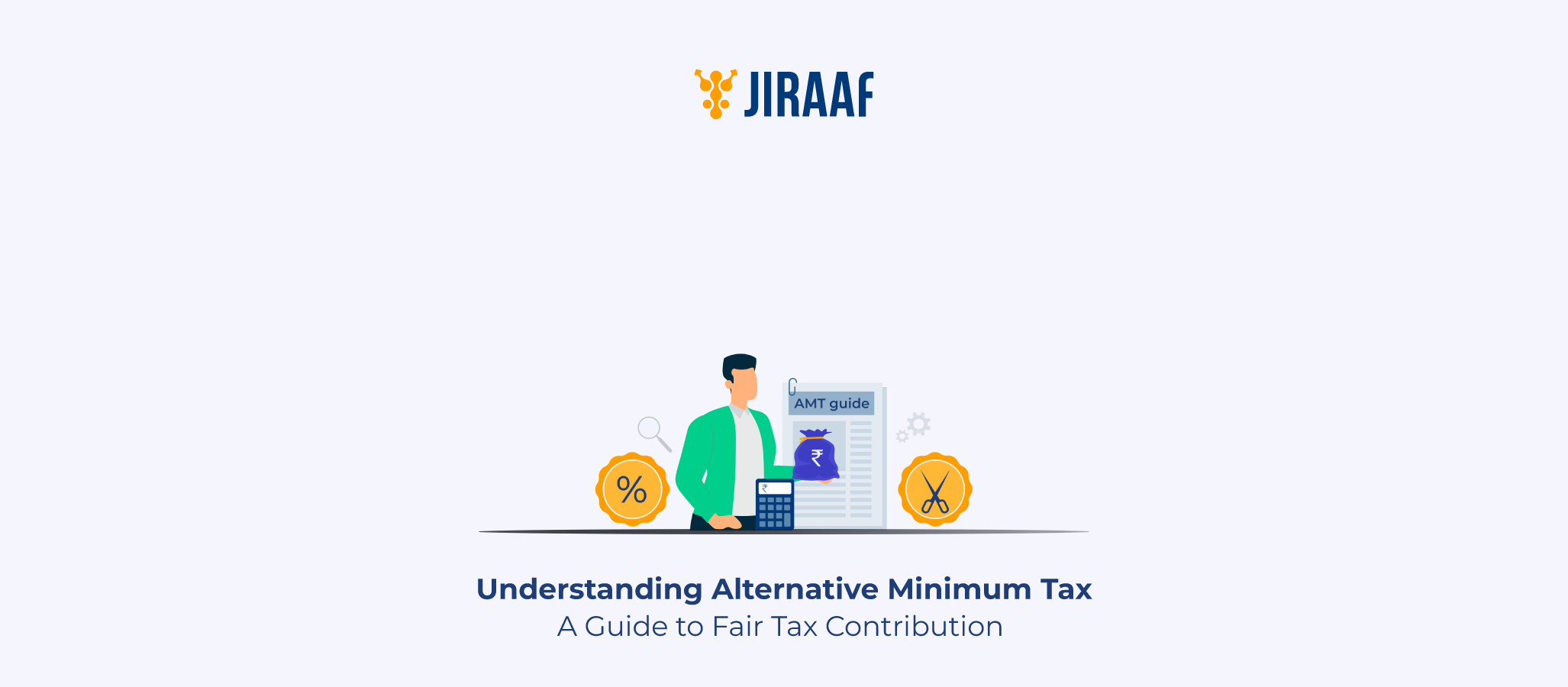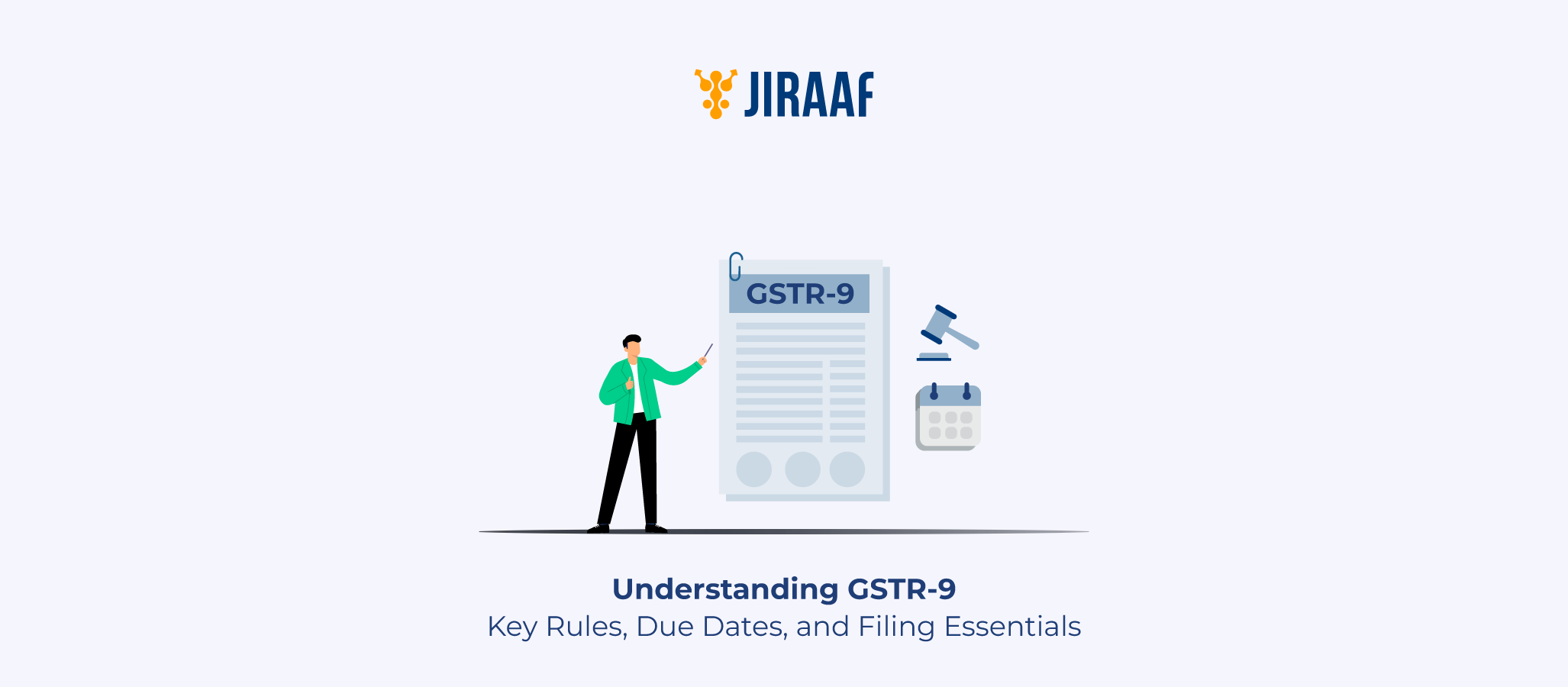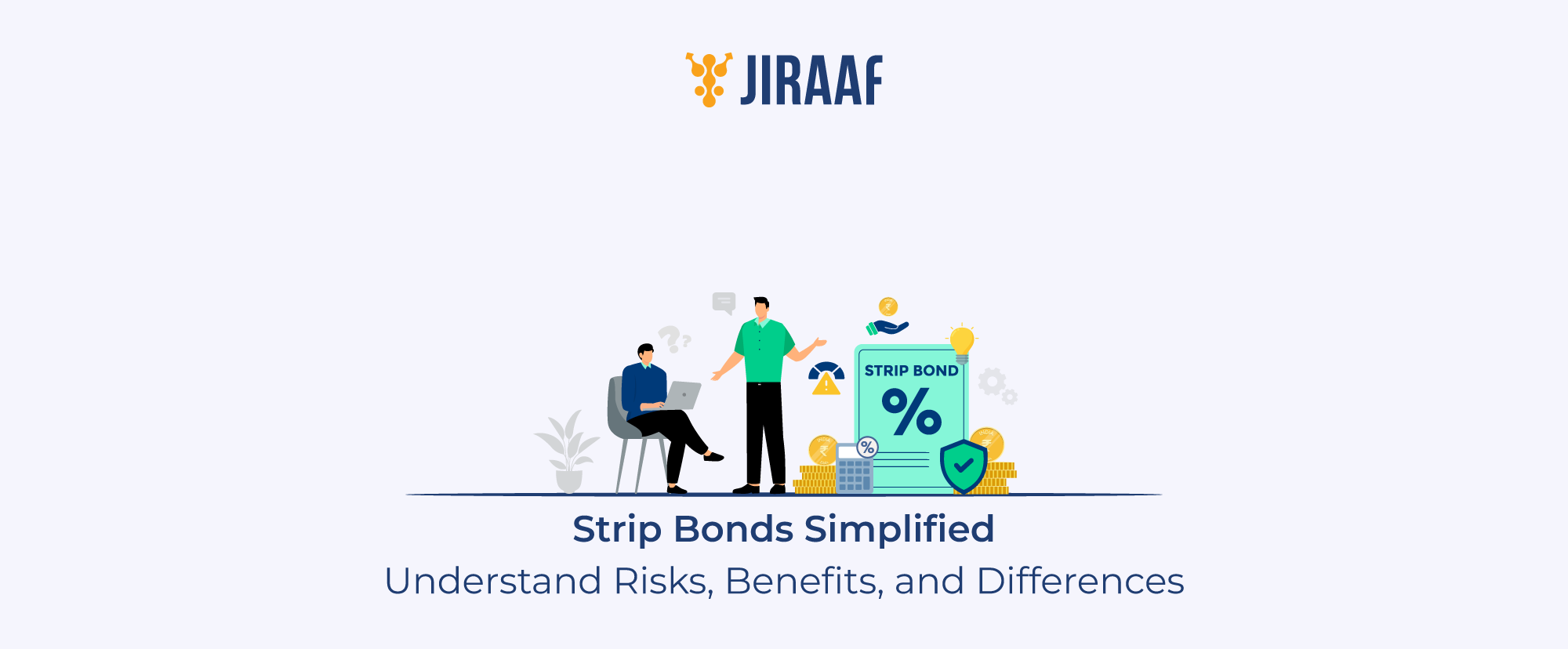In the realm of Indian tax law, accounting for inventory and indirect taxes has always been a complex affair. Traditionally, Indian Income Tax law under Section 145 allowed businesses discretion in stock valuation and recognition of indirect taxes, leading to inconsistency and potential tax avoidance.
Enter Section 145A, introduced through the Finance Act, 2002, with effect from April 1, 2003. Its purpose: standardize the treatment of inventory and indirect taxes across all taxpayers. Whether you’re a seasoned business owner, a CA, or an auditor, Section 145A is central to ensuring your books of account comply with tax expectations—especially in the age of GST.
This guide decodes Section 145A’s contours, its practical implications, and how you can align accounting practices to avoid scrutiny and penalties.
Understanding Section 145A—Overview and Objective
Section 145A mandates that, for tax purposes, the valuation of inventory and inclusion of indirect taxes must follow principles approved in Generally Accepted Accounting Principles (GAAP) or International Accounting Standards, subject to certain modifications.
Standout Objectives
- Uniform treatment of indirect taxes across taxpayers
- Preventing manipulation by undervaluing purchases or overvaluing inventory
- Aligning tax computation with standard financial reporting norms
- Providing clarity when indirect taxes apply variably in different sectors
Put simply, Section 145A aims to make sure a rupee of inventory is valued uniformly, regardless of how the taxpayer accounts for it in financial statements.
Key Provisions of Section 145A
Inclusion of Taxes, Duties, Cess, and Fees
- Inventories must be valued at actual cost, inclusive of any taxes, duties, cesses, and fees—regardless of whether they are reimbursable by the customer or recoverable.
- For example, excise duties included in the purchase price must be part of the cost, even if later passed on to consumers.
- This prevents artificially reducing the cost (and inflating profit) through deferring or excluding such taxes.
Valuation of Inventory
- Closing stock valuation must consider all indirect levies up to production or acquisition—even where previously excluded from financial books.
- If inventories already include such taxes in book value, no adjustment is needed (i.e., conformity to financial accounts is allowed).
- Conversely, if the financial books exclude excise or GST from inventory, Section 145A demands that they be added during tax computation.
Section 145A vs Section 145- Key Differences
| Feature | Section 145 | Section 145A |
| Scope | Broad accounting methods | Specific to inventory and indirect taxes |
| Book conformity | Allowed with adjustments | Mandatory inclusion regardless of books |
| Tax-agency | Client discretion to methods | Follows GAAP/IAS and law enforcement |
| Focus | Income recognition | Inclusive of duties in stock |
- Where Section 145 offered flexibility, Section 145A limits managerial discretion—mandating consistent treatment.
- If books are silent, taxpayers must evaluate indirect taxes and include them in stock.
- Discrepancies may trigger adjustments by assessing officers if Rule 10 or Section 145A is not followed.
Applicability in the GST Era
The advent of GST in July 2017 posed new questions. Section 145A remains relevant, because:
- GST included in the purchase price must be treated like other indirect taxes. The same principle applies if excise duty or VAT were previously included.
- Since businesses ultimately set off GST in balance sheets, there might be no extra liability for tax purposes—but stock balances must still include the tax element (even if offset) under Section 145A unless disclosed.
- The CBDT issued Circular 12/2018, clarifying that GST must be included as part of actual acquisition cost and self-assessed documents.
Example: Inventory Valuation With and Without 145A
Scenario
A manufacturing company purchases raw materials worth ₹10 lakh exclusive of excise duty. Excise was not recorded in books or stock.
Without Section 145A, the taxpayer claims the cost is ₹10 lakh, and profit is computed on this basis.
With Section 145A, the excise of ₹2 lakh (20%) is not recorded in books but must be added—making the taxable cost ₹12 lakh.
Result:
- Books show profit = (TR – ₹10L)
- Taxable profit = (TR – ₹12L) → reduces taxable income by ₹2 lakh
This demonstrates how omission of taxes distorts income—corrected by Section 145A.
Judicial Precedents and CBDT Clarifications
Key rulings and guidance:
- Sterling Foods (2007): SC held that excise duty collected by the seller becomes a part of the cost.
- Gokak Sugar Works (2010): Includes excise in closing stock, even if accounts exclude it.
- CBDT Circular 12/2018: GST is an indirect tax for Section 145A purposes.
- Hindustan Unilever (2012): Section 145A overrides Section 145; defaults to inclusive treatment.
- Vodafone-Idea GST Clarification: Example of GST treatment for the telecom sector in stock valuations.
These confirm that Section 145A is not optional; it is a non-negotiable requirement.
Compliance Requirements Under Section 145A
Audit & Reporting
- Tax auditors must report adjustments per 145A under Form 3CD, Clauses 14A, 18, and 27 (specifically 18A mentions Section 145A adjustments)
- Ensure computation reconciles to show adjustments from book profit to taxable profit.
- Keep purchase invoices with indirect tax details intact, even if the tax was eventually recovered.
Common Pitfalls
- Not identifying which portion of stock is attributable to indirect tax inclusion
- Overlooking GST or cess components when items are imported
- Failing to adjust for inverted tax structures or rebate treatment
- Mixing tax-exclusive and tax-inclusive disclosures in financial vs tax books
Impact on Taxable Income and Business Decisions
Including the cost of duties in stock will reduce taxable profit, offering an advantage.
However,
- Over-disclosure of indirect tax costs (e.g., on self-consumed stocks) may raise capital gains issues.
- For high-inventory businesses, compliance involves close coordination between finance teams and tax advisors to allocate duties correctly.
It underscores the need to regularly reconcile inventory values and consider indirect taxes upfront when planning business strategies.
Conclusion: Aligning with Section 145A for Accurate Tax Reporting
Section 145A plays a critical role in ensuring fairness and consistency across business reporting. In an era dominated by GST and digital bookkeeping, compliance isn’t merely optional—it’s essential. By adopting GAAP-compliant valuation of stock and including indirect taxes responsibly, businesses can avoid unpleasant adjustments, unnecessary tax costs, and possible litigation—all while ensuring that tax books reflect commercial reality.
FAQs
Is GST included in inventory valuation under Section 145A?
Yes, GST must be included if not already recognized in financial books—even if the credit has been availed or is recoverable.
How is closing stock valued under this section?
At cost inclusive of all indirect taxes, duties, cess and fees incurred up to the date of purchase or production even if the books exclude them.
Do professionals fall under this provision?
Generally, no—Section 145A applies mainly to businesses and professionals with inventory or whom it applies by accounting standards.
Is it applicable for all taxpayers?
Any taxpayer with inventory or substantial stock—manufacturers, traders—must comply. Pure service businesses without inventories are less likely to be affected.
How to reconcile with financial statements?
During tax audit, Schedule VI and VII in Form 3CD is adjusted to reflect inclusive valuation, with full disclosure.
Discover fixed income investments with Jiraaf, a SEBI registered online bonds platform that educates and brings access to a wide array of bonds. Sign up today to explore diversified fixed income investment opportunities to support your goal-based wealth creation journey. Start investing!









